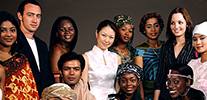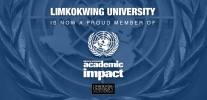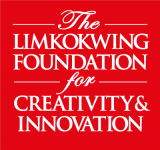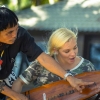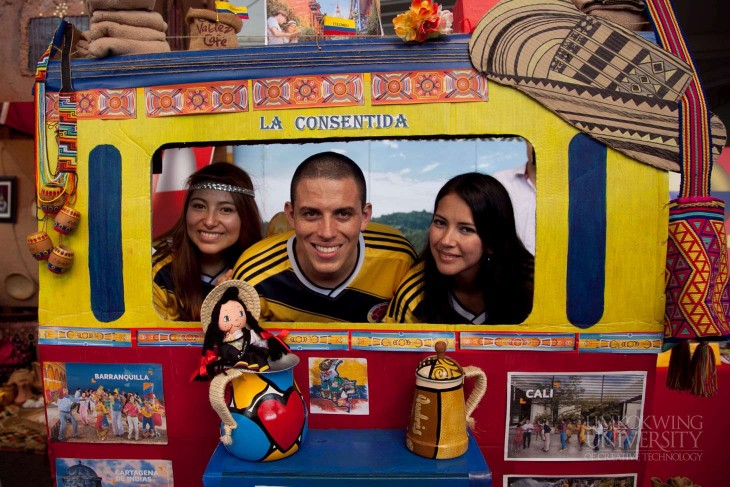
The long history of Colombia began when Spanish explorers first set foot on the American continent in 1499. It emerged as the New Kingdom of Granada, and today has a territory that encompasses the Amazon rainforest, tropical grasslands and the Caribbean as well as the Pacific coastlines.
Fusion of Culture
Colombian culture can be traced back to the Spanish culture of the 16th century with the integration of Colombia’s native civilisation such as the Muisca and Tayrona. This interaction with Spain later brought Catholicism, African slaves, the feudal encomienda system, and a caste system that emphasised European ancestry.
Throughout the centuries, Columbia’s various ethno-racial groups have maintained their ancestral heritage, which developed into a fusion of cultures.
Communication Courtesy
‘Please’ (Por favor) and ‘Thank You’ (Gracias) are important words in any conversation. Columbians use these words often and not using them is considered ill-mannered.
When communicating, Colombians tend to be very expressive and speak relatively loudly. They also often use their hands and arms. While conversing with each other, particularly with friends and families, Columbians prefer indirect communication as their culture emphasises care about what others might think or how they will react, and are usually careful not to offend others.
Dressed for Style
Colombians prefer to dress with class with high emphasis on grooming.
During business meetings and special occasions, Colombian men prefer to dress formal in dark colours and matching shoes. Proper haircut is important, especially for long haired men who are often viewed favourably.
Women prefer to dress stylishly with matching accessories like earrings, chains, rings, and watches. Hairstyles tend to be straight, and makeup is worn to give a good impression. Manicured nails are important to Colombian women, with softer colours for nail polish.
Multi People
The majority of Colombians live in the north and west of the country where agricultural and natural resources are abundant. The vast grasslands of the south and east, which comprises 60% the country, are sparsely populated.
According to the CIA World Factbook, ethnic groups of Colombia consist of mestizo and white 84.2% Afro-Colombian (includes mulatto, Raizal, and Palenquero) 10.4%, Amerindian 3.4%, Romani
<0.1% and unspecified 2.1%.
Christianity is the country’s main religion comprising of Catholics (79%) and Protestants (14%) that include Pentecostal (6%), mainline Protestants (2%), other (6%) as well as unspecified (5%) and other (2%).
Economic Benefit
The country’s economy benefits from free trade and sound fiscal policies. It depends heavily on energy and mining. Colombia is known as one of the world’s fourth largest coal exporters, world’s second largest coffee and cut flowers exporter, and Latin America’s fourth largest oil producer.
The country is a founding member of the Pacific Alliance, a regional trade block formed in 2012 by Chile, Columbia, Mexico and Peru to promote regional trade and economic integration.
This article is part of a series highlighting the unique cultures featured in the recently concluded Limkokwing International Cultural Festival 2017.

